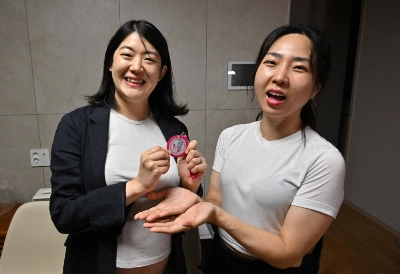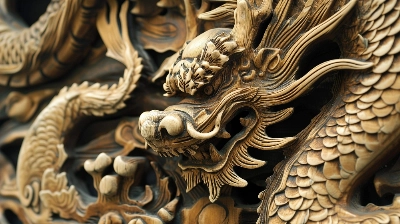Since their establishment in 1954, the Self-Defense Forces have never had to be mobilized to defend Japan from attack.
The forces over the last five decades of Cold War peace have instead often engaged in nonmilitary tasks as disaster relief.
SDF elements have participated in international missions since the early 1990s, but their roles have been strictly limited to logistic support and humanitarian aid work.


















With your current subscription plan you can comment on stories. However, before writing your first comment, please create a display name in the Profile section of your subscriber account page.